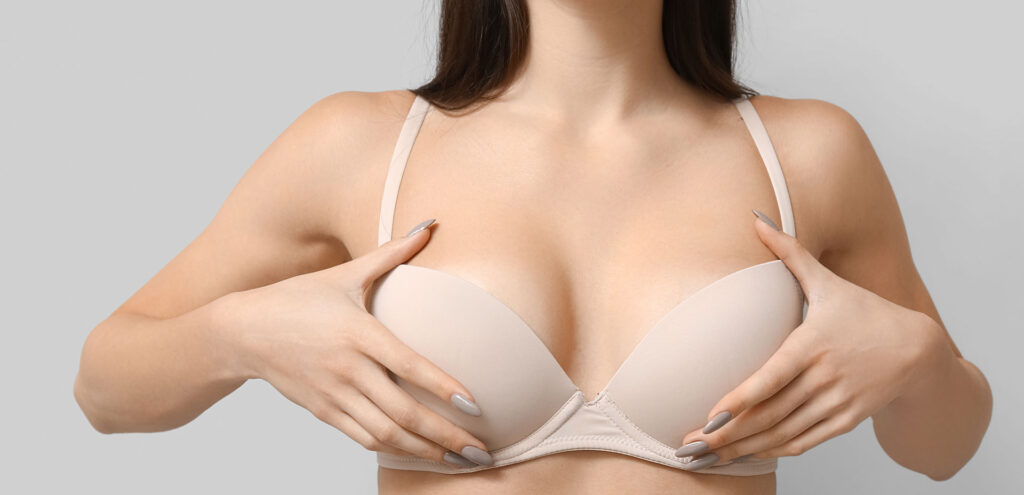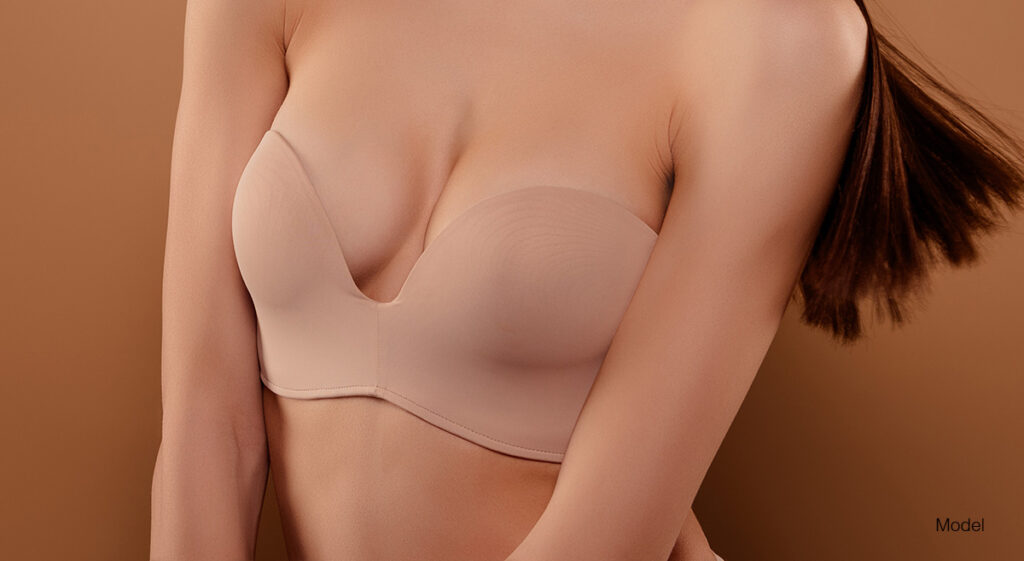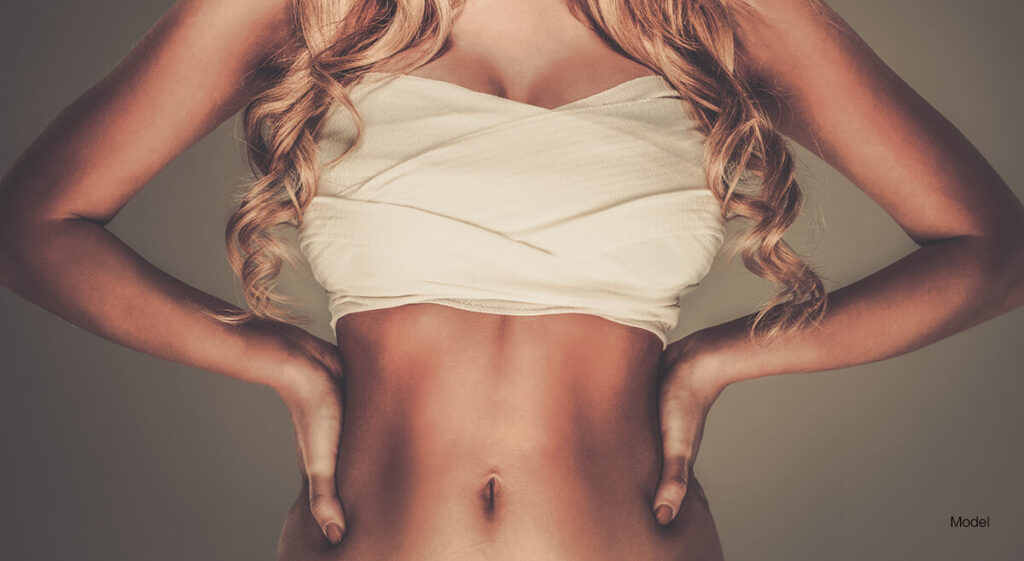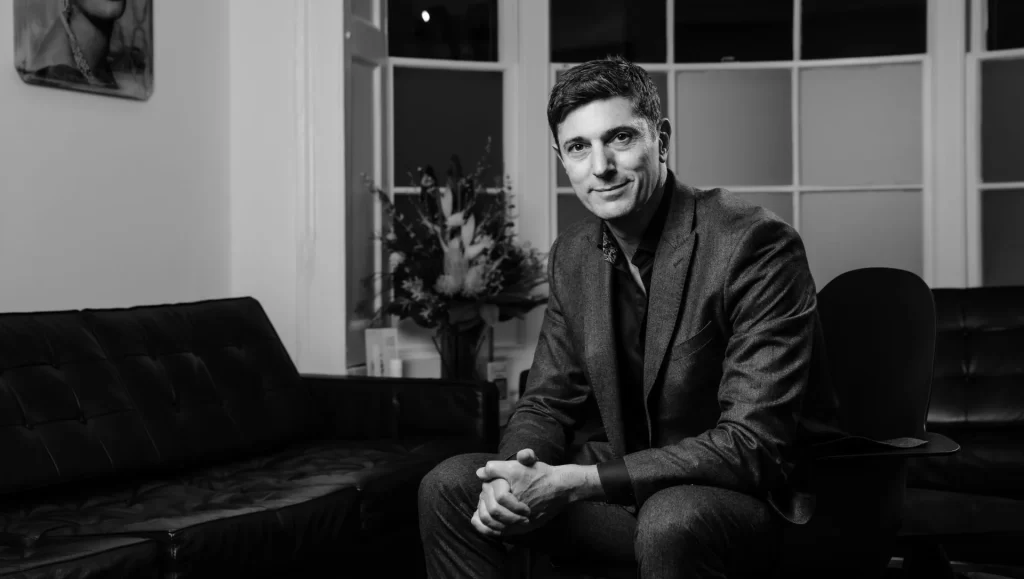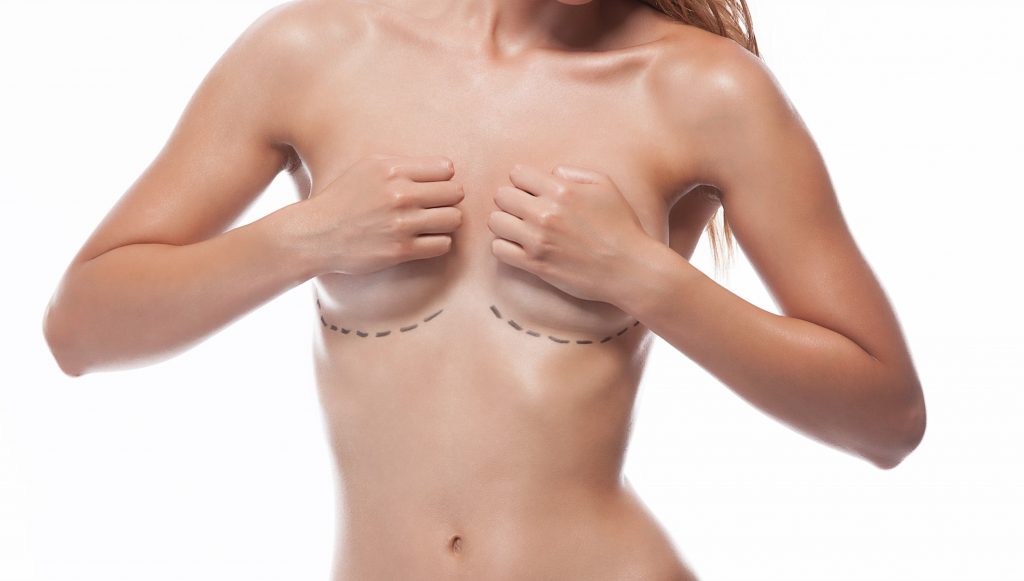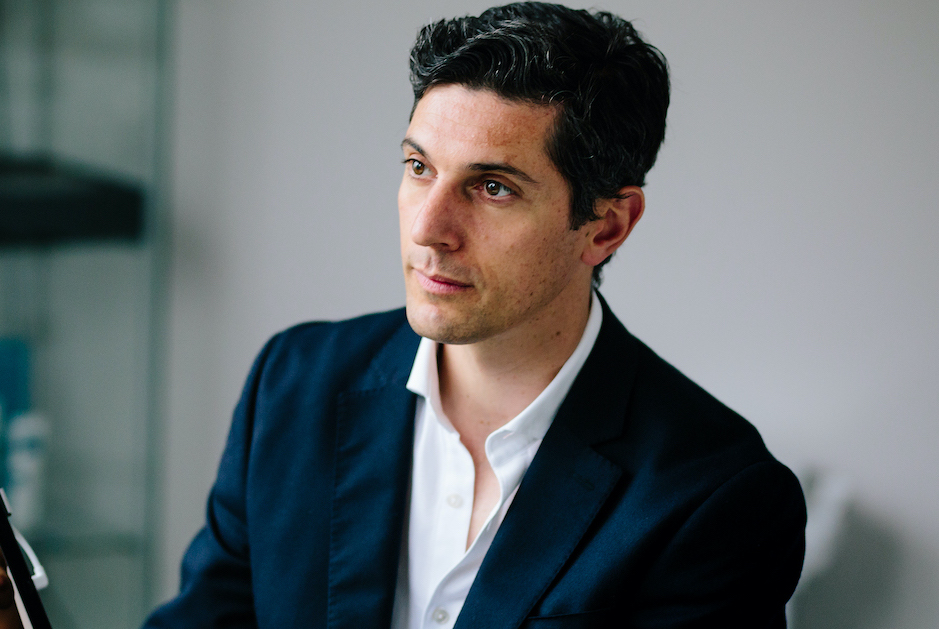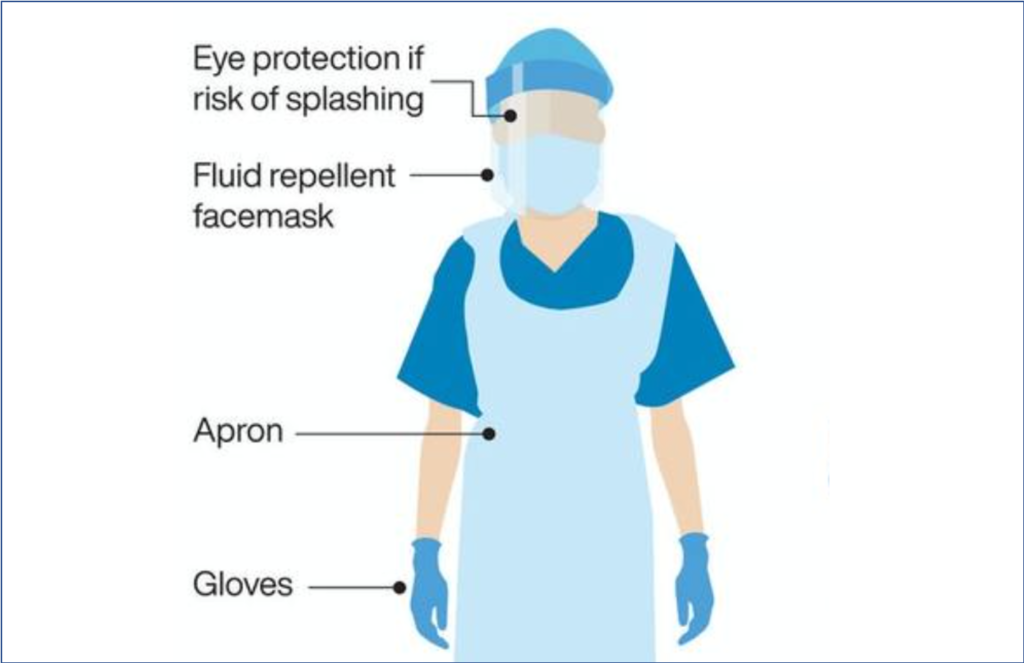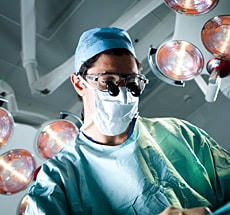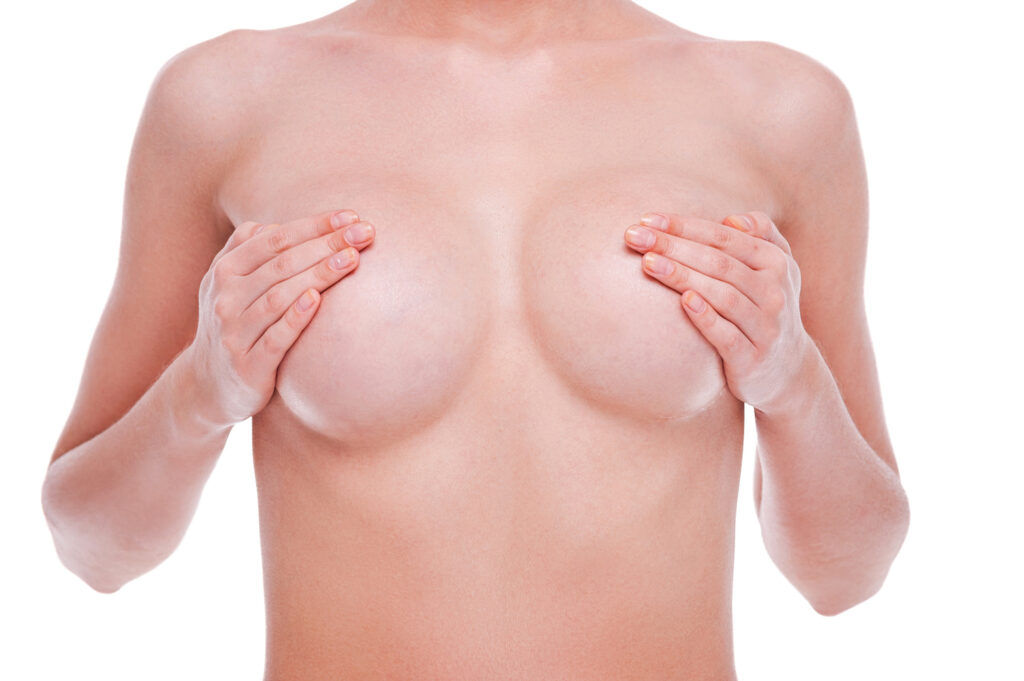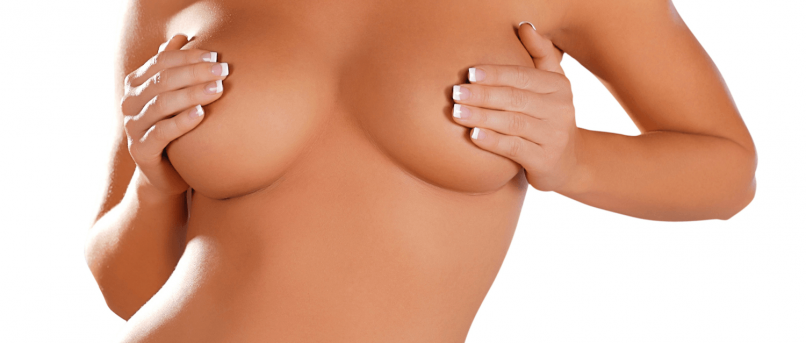Now Seeing Patients in London: Harley Street Clinics Starting September 2025
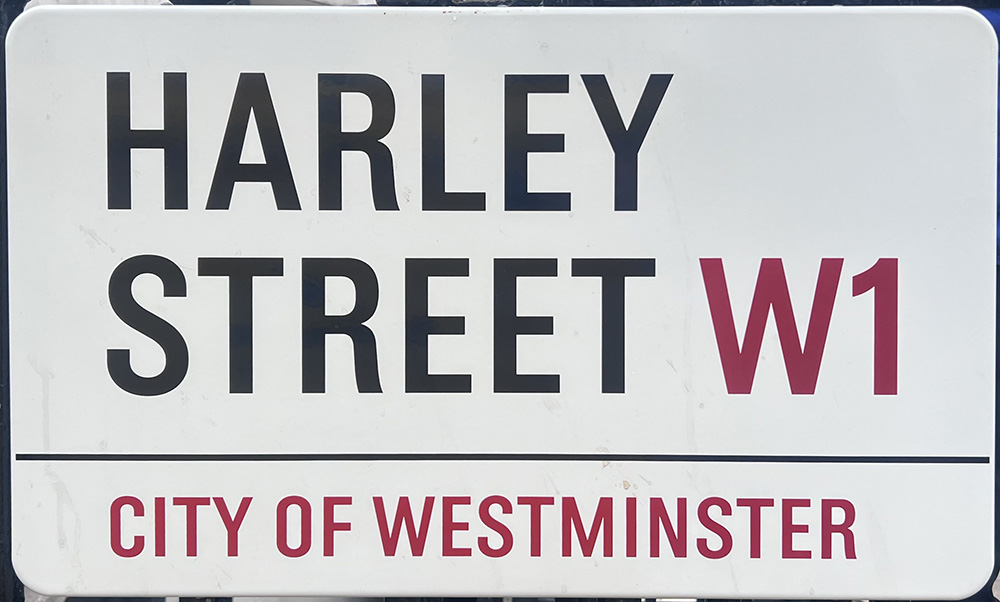
I am delighted to announce that I will begin seeing patients on the world-famous Harley Street in central London starting September 2025! Monthly Clinics on Harley Street Initially, I will be holding monthly clinics on the first Wednesday of each month to see new patients. Due to increasing demand, I plan to expand my presence […]
Read More
